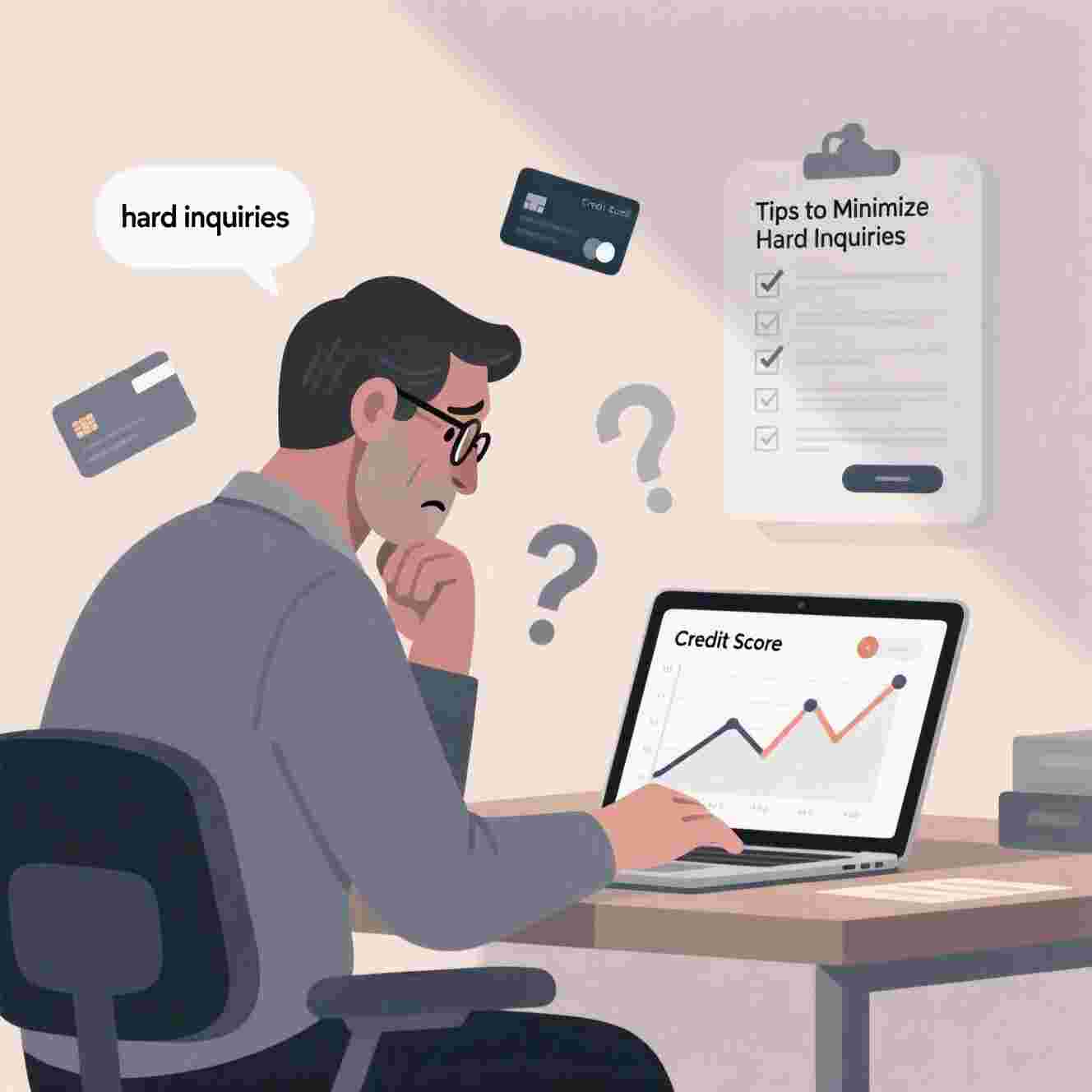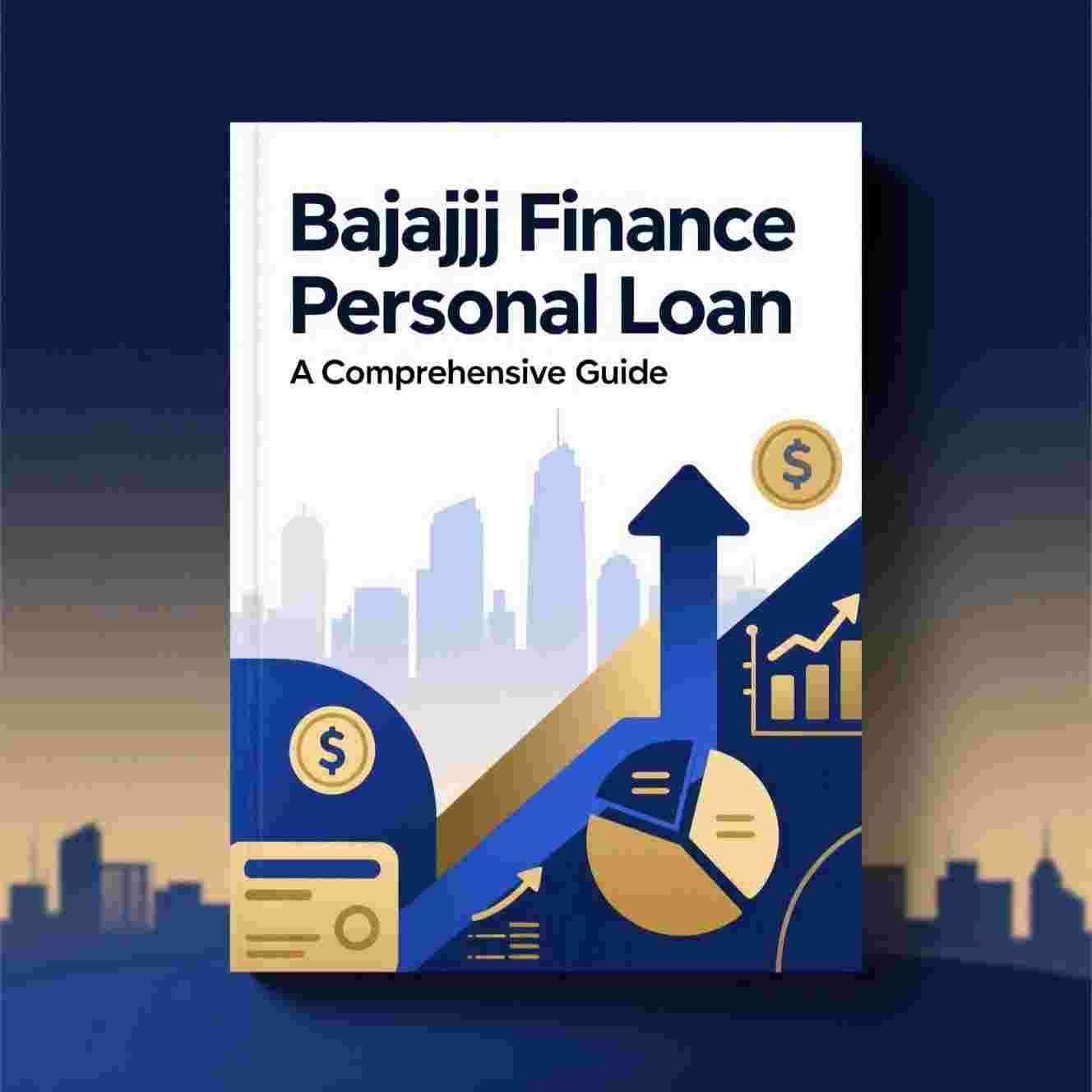Credit Card Debt Payoff Strategies for Low-Income Earners

Credit card debt can be overwhelming, especially for low-income earners who struggle with high interest rates and limited disposable income. Without a strategic repayment plan, debt can quickly spiral out of control, leading to financial stress and damaged credit. Fortunately, several proven strategies can help individuals with limited income pay off credit card debt efficiently. This article explores practical, actionable approaches to debt repayment, including budgeting, debt prioritization, negotiation, and alternative repayment methods.
1. Assess Your Financial Situation
Before implementing any payoff strategy, it’s crucial to understand your current financial standing:
-
List All Debts: Note each credit card’s balance, interest rate, and minimum payment.
-
Calculate Income vs. Expenses: Track monthly income and essential expenses (rent, utilities, groceries) to determine how much can be allocated toward debt repayment.
-
Identify Spending Leaks: Reduce non-essential spending (e.g., dining out, subscriptions) to free up extra cash for debt payments.
2. Choose a Debt Repayment Strategy
Two popular methods for paying off credit card debt are the Debt Snowball and Debt Avalanche approaches:
A. Debt Snowball Method
-
How It Works: Pay off the smallest debt first while making minimum payments on others. Once the smallest debt is cleared, move to the next smallest.
-
Advantage: Provides quick wins, boosting motivation.
-
Best For: Individuals who need psychological encouragement to stay committed.
B. Debt Avalanche Method
-
How It Works: Prioritize debts with the highest interest rates first, saving money on interest over time.
-
Advantage: More cost-effective in the long run.
-
Best For: Those focused on minimizing interest payments.
3. Negotiate Lower Interest Rates or Settlements
Creditors may be willing to negotiate better terms if you’re struggling financially:
-
Call Your Creditor: Explain your situation and request a lower APR or hardship program.
-
Debt Settlement: If unable to pay the full balance, negotiate a lump-sum settlement for less than owed (may impact credit score).
-
Balance Transfer or Debt Consolidation: Move high-interest debt to a 0% APR balance transfer card or a low-interest personal loan (if eligible).
4. Increase Income or Seek Assistance
Since low-income earners have limited cash flow, finding additional income sources or financial aid can accelerate debt payoff:
-
Side Hustles: Freelancing, gig economy jobs (Uber, DoorDash), or selling unused items.
-
Government & Nonprofit Assistance: Seek programs like the National Foundation for Credit Counseling (NFCC) for free debt management plans.
-
Local Charities & Religious Organizations: Some groups offer financial aid or interest-free loans.
5. Avoid Accumulating More Debt
While paying off existing debt, it’s critical to prevent further borrowing:
-
Use Cash or Debit: Stop using credit cards until debt is under control.
-
Build a Small Emergency Fund: Even $500 can prevent reliance on credit for unexpected expenses.
-
Financial Education: Learn budgeting and money management to avoid future debt cycles.
Conclusion
Paying off credit card debt on a low income is challenging but achievable with discipline and the right strategy. By assessing finances, choosing a repayment method, negotiating with creditors, and supplementing income, individuals can regain financial stability. The key is consistency—even small, regular payments can lead to significant progress over time.
Final Tip:
If debt feels unmanageable, consult a nonprofit credit counselor for personalized guidance. Taking proactive steps today can lead to a debt-free future.






